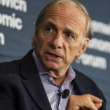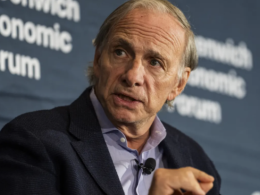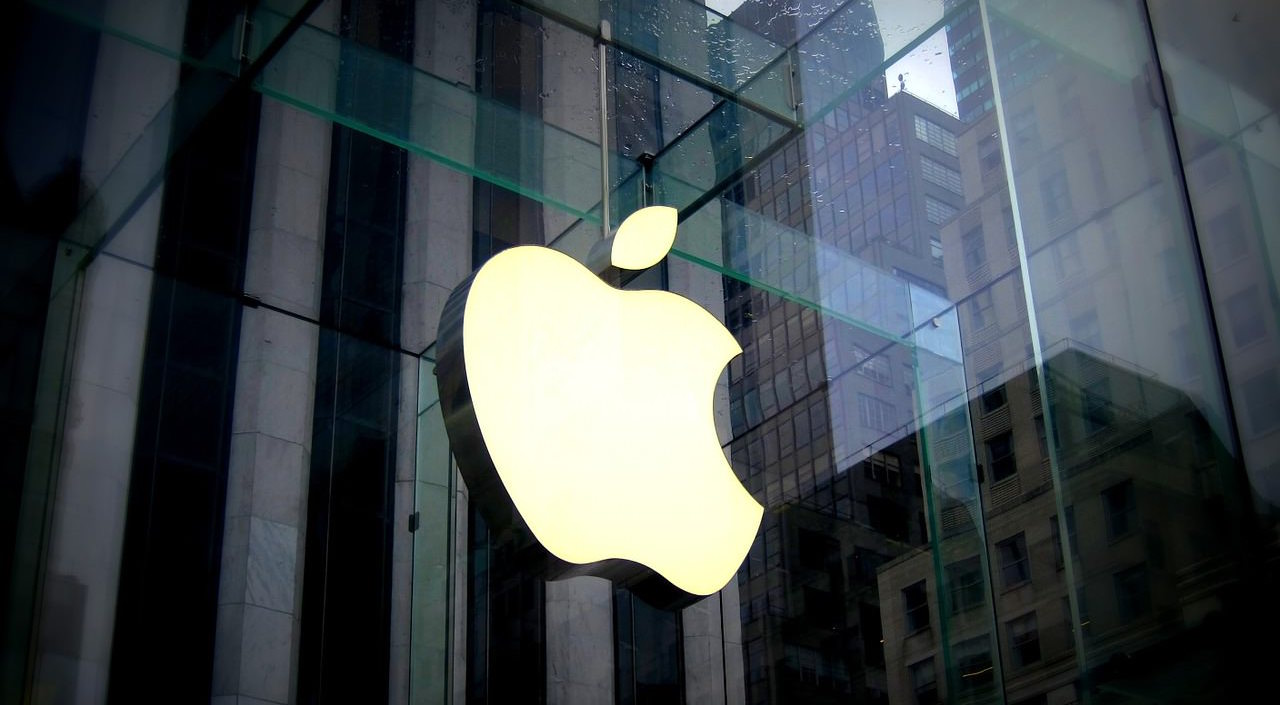by Scott Brown, Ph. D., Chief Economist, Raymond James
A 2-year/10-year Treasury inversion has left markets shaken – but don't let short-term volatility get the better of your long-term financial focus.
At the end of July, the Federal Reserve (Fed) cut short-term interest rates by 0.25%, buoying equity markets. This week, investors are riding out short-term volatility as Wall Street cheered the delay of additional tariffs on Chinese goods (although trade uncertainty remains), then fell almost immediately on news of an inverted yield curve between 2- and 10-year Treasury bonds. The 3-month to 10-year curve has been inverted since May, often seen as a precursor to an imminent downturn.
[backc url='https://sendy.advisoranalyst.com/w/J8pxsj3OgR4yxKxsA1169Q']However, we’ve historically seen significant lag (~22 months) between an inversion and the actual beginning of a recession, which suggests any potential downturn shouldn’t happen until after the 2020 election, according to Raymond James Chief Investment Officer Larry Adam. He remains constructive on equities, anticipating a rally that typically follows within a year of an inversion and additional support from another Fed rate cut. Plus, we’re heading into the fourth quarter, which often comes in strong after a weak third quarter.
As we’ve seen before, stock market participants often react sharply to shifts in trade policy perceptions and have been hypersensitive to minor changes in the monetary policy outlook. On Wednesday, the broad market S&P 500 dipped more than 2% in intraday trading (still up year to date) and the Dow Jones Industrial Average fell more than 600 points. Europe, particularly Germany and England, as well as the Chinese markets also saw some contraction. In addition, the Challenger Job-Cut Report showed slightly increased chances of corporate layoffs, which could indicate softening labor market conditions, notes Chief Economist Scott Brown. Job growth has slowed this year, but remains well above a pace needed to absorb new entrants into the labor market.
All of this adds up to the likelihood that the Fed will feel pressure to respond to downside risks by cutting short-term interest rates again – possibly at September’s policy meeting, explains Brown. Many countries, including the U.S., are sitting at or near historically low rates across the yield curve in the hopes of jump-starting slowing economies, notes Doug Drabik, managing director for fixed income research.
On the trade front, talks continue, but we’re no closer to a long-term deal, and investors should expect more short-term volatility through the 2020 election, explains Washington Policy Analyst Ed Mills. The Hong Kong protests and China’s potential response could become a significant near-term threat to U.S.-China talks as larger geopolitical questions become increasingly intertwined with the trade negotiations, he added.
The markets have seen these ups and downs before, but it can be uncomfortable when the near-term outlook seems uncertain. However, a tailored financial plan that accounts for the occasional vagaries of the market can still make meaningful progress toward long-term financial goals. Long-term investors ready to put cash to work may find opportunities within the muted current environment.
Investing involves risk, and investors may incur a profit or a loss. All expressions of opinion reflect the judgment of the Research Department of Raymond James & Associates, Inc., and are subject to change. Past performance is not an indication of future results and there is no assurance that any of the forecasts mentioned will occur. The process of rebalancing may result in tax consequences. Economic and market conditions are subject to change. The Dow Jones Industrial Average is an unmanaged index of 30 widely held stocks. The S&P 500 is an unmanaged index of 500 widely held stocks. An investment cannot be made in these indexes. International investing involves additional risks such as currency fluctuations, differing financial accounting standards, and possible political and economic instability. These risks are greater in emerging markets. Small and mid-cap securities generally involve greater risks. Companies engaged in business related to a specific sector are subject to fierce competition and their products and services may be subject to rapid obsolescence. There are additional risks associated with investing in an individual sector, including limited diversification. The performance noted does not include fees or charges, which would reduce an investor's returns. Asset allocation and diversification do not guarantee a profit nor protect against a loss. Debt securities are subject to credit risk. A downgrade in an issuer’s credit rating or other adverse news about an issuer can reduce the market value of that issuer’s securities. When interest rates rise, the market value of these bonds will decline, and vice versa. U.S. Treasury securities are guaranteed by the U.S. government and, if held to maturity, offer a fixed rate of return and guaranteed principal value. The yield curve is a graphic depiction of the relationship between the yield on bonds of the same credit quality but different maturities.
Copyright © Raymond James















